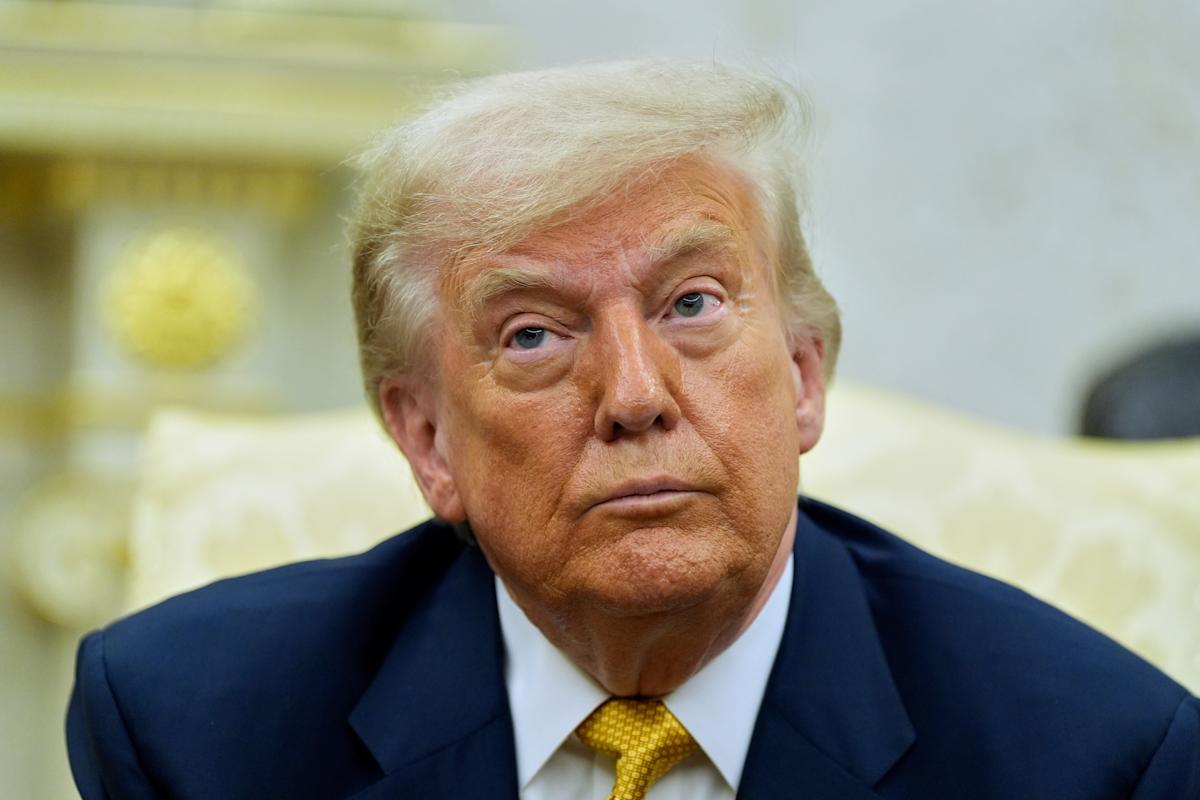The bond market remains on edge after multiple outlets reported that President Trump was seriously considering firing Federal Reserve Chair Jerome Powell — only for the president to downplay the possibility as stocks fell and Treasury yields jumped.
The 10-year Treasury yield (^TNX) climbed near 4.8% after the headlines started to percolate, while the 30-year yield (^TYX) surged above the critical 5% threshold.
Later, speaking to reporters in the Oval Office, Trump appeared to soften his stance, saying he’s “not talking about” firing Powell and pointing out that Powell’s term ends in May. Still, yields remained elevated, underscoring the market’s unease over potential political interference at the Fed.
Notably, the Trump administration has been highly sensitive to movements in the bond market, keeping a close watch on the 10-year Treasury yield. According to Larry Tentarelli, chief technical strategist at Blue Chip Daily, the 10-year yield is still trading within a reasonable range but there are key levels to watch.
“We would prefer to see TNX not test 4.6% or higher,” Tentarelli said on Tuesday, noting that technical indicators still suggest an upward bias in yields, even within a defined range.
And as the chart below from Piper Sandler illustrates, 10-year Treasury yields above 4.6% have historically posed headwinds for US equities, specially for rate-sensitive and low-growth sectors.
Bond prices move inversely to yields, so rising yields suggest investors are selling bonds.
One catalyst behind the recent move, as Wednesday’s reaction made clear, has been renewed concern over the Federal Reserve’s independence, with political pressure on the central bank stoking fears about US economic stability. The US dollar also fell on the speculation, reflecting broader market unease.
The idea that the bond market itself serves as a check on political interference at the Fed was echoed by Jon Hilsenrath, senior adviser at StoneX and longtime Fed watcher.
“Ultimately I think that the people who are going to decide whether Jay Powell keeps his job or not are in the bond market,” he told Yahoo Finance. “What we saw back in April, when the president was threatening to fire Powell, was bond yields rose. People were concerned about the stability and independence of the Fed, and the administration backed off.”
Another driver of rising yields: expectations that the Fed will keep interest rates elevated.
When rate cuts are off the table, there’s less urgency to lock in current yields, and investors may choose to reallocate capital elsewhere. Rising inflation, often the reason rates stay elevated, also pushes yields higher, as investors demand greater compensation for eroding purchasing power.








